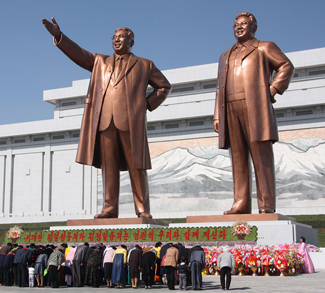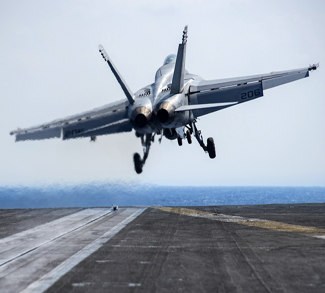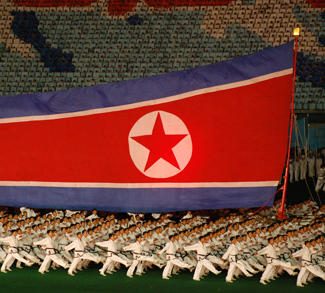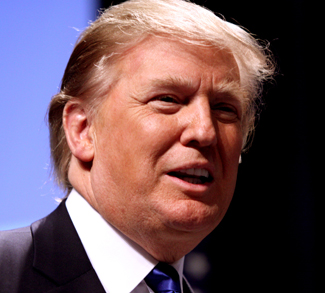Summary
In a recent trip to South Korea, US Vice President Mike Pence warned Pyongyang that the era of strategic patience was over, and that “the world witnessed the strength and resolve of our new president in actions taken in Syria and Afghanistan.” The message is clear: stop with the missile and nuclear tests or face the wrath of the US military.
Yet North Korea is not Syria, nor is it Afghanistan or Iraq for that matter; it is a nuclear-armed state adversary with a large army and a capable military. Where 59 Tomahawk missiles might be enough to cow the Assad government, they would risk unleashing unmitigated slaughter on the Korean Peninsula.
Impact
North Korea wouldn’t be a solo job. Unlike Syria, Afghanistan, and Iraq, where the US military can conduct its operations alone and unimpeded, any strike against North Korea would ultimately require buy-in from the South Koreans. The reason is obvious: they’re the ones who are most at risk in a counterattack. Although it’s possible that Pyongyang could one day mount a nuclear warhead on an ICBM that could reach the United States, for the time being the actual threat falls on US allies like South Korea and Japan, which are within the range of the DPRK’s artillery and missile batteries. The US government unilaterally launching cruise missiles, as was the case recently in Syria, just isn’t possible, despite the vice president’s allusions otherwise. It would spell the end of the US-South Korea alliance.




